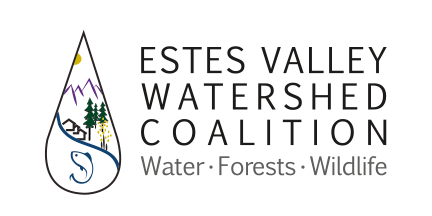wildlife wednesday — Pocket gophers
We’ve all seen them — mounds of fine dirt, trails dug through the grass, and cylindrical tubes of soil exposed from melted snow drifts. Signs of the Northern Pocket Gopher are hard to miss. As a fossorial creature (those living underground), however, gophers themselves are elusive. Gophers feed on all parts of plants. Roots and stems are favored in the winter while mostly greenery is consumer in the warmer months. Their tunneling provides the important ecological function of soil mixing, bringing organic material below ground, and allowing for greater water infiltration. An individual’s tunnel system can be over 100 feet long, mostly between 1 to 2 feet below the surface. Tunnels are closed off except for periods to allow for feeding and ventilation. Last week I was lucky enough to spot one. Enjoy this rare look at one of these amazing animals.
Northern Pocket Gopher making a rare appearance outside of its burrow to forage for food. Spring molt is under way as indicated by the dark patches of fur. Pocket gophers have unique fur that can be brushed forwards or back to prevent catching dirt as they move back and forth through their tunnels.
Pocket gophers get their name for the fur lined, pockets on the outside of their mouths. They use these pockets to carry food.
Pocket gophers dig their burrows using the long claws on the front feet as well as their incisors (front teeth). Their lips are able to close behind those teeth to prevent dirt from getting in their mouths.
Their wide, powerful head is used like a bulldozer to move loosened dirt out of their burrow. Note the tiny eyes and ears. Sight and hearing are not important attributes for life underground, but judging from their whiskers, touch is.
A familiar sight as the snow melts away. During winter gophers spend much of their time burrowing in and under snow drifts. The ground under the insulation of snow is actually warmer than exposed ground which is often frozen solid. Burrowing in the snow is much easier and allows better access to vegetation. When the snow melts, gopher eskers, tunnels, and trails are exposed. Eskers are excavated dirt gophers pack into tunnels made in the snow. As the snow melts these tunnels are often lowered to the ground intact. In contrast, excavated dirt is pushed into mounds marking the entrances of burrows other times of the year.





